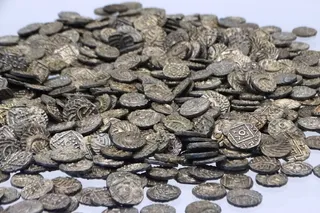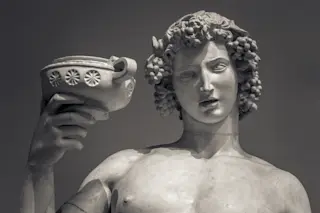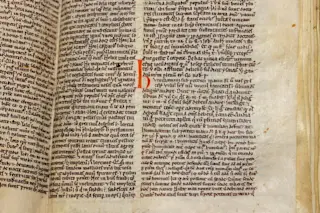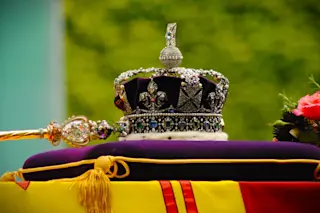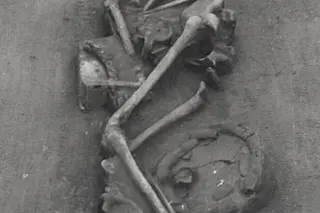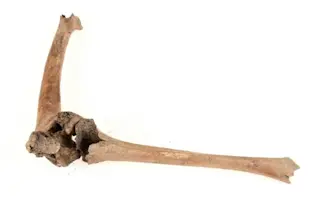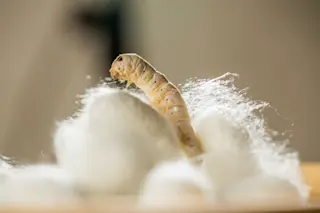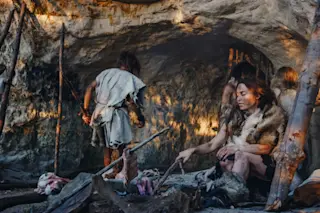In 1863, an obscure chemist named Angelo Mariani from Corsica arrived in Paris. Coming from a long line of doctors and chemists, Mariani set up shop in a modest Parisian quarter and began unlocking the secrets of Erythroxylum coca, the Andean coca leaf, then a legal drug.
Three years later, at age 25, Mariani had mastered the art of extracting cocaine and blending it with wine. Delighted with the results of his experiments, he launched Vin Mariani two years later.
With Marie-Anne, his wife and an assistant chemist, Mariani invested in a barrel of Bordeaux and bought several kilos of Peruvian coca leaves of three different varieties. He then rented a shop facing the opera house.
Singers, actors, and literati all enjoyed Mariani's shop. Artist Louis Vallet created prints and posters for the public eye. Once Mariani's domestic sales skyrocketed, he began to explore overseas markets.
Read More: The Secret ...



